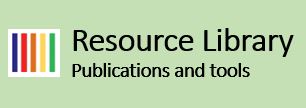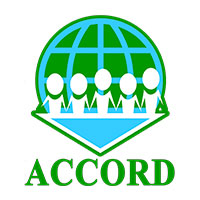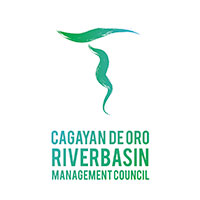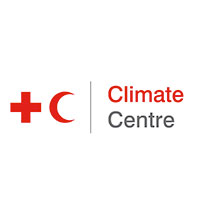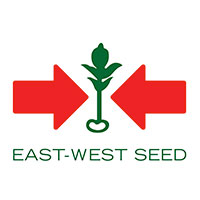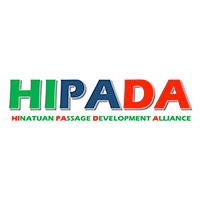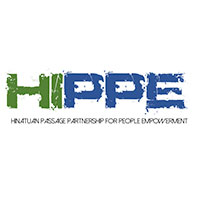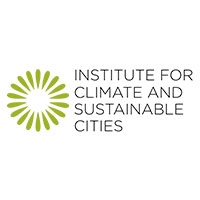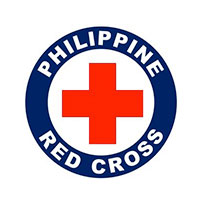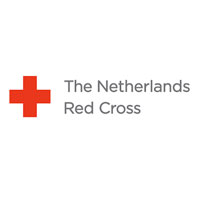
Philippines
Local context
The Philippines is prone to a range of hazards. On average the country experiences 20 typhoons each year, causing flooding, landslides and storm surges that increase risks to urban and rural communities. Its location along the Pacific Ring of Fire makes it also susceptible to earthquakes and volcanic eruptions. The Philippines is among the countries most vulnerable to climate change, experiencing increasing vulnerability due to sea-level rise and water scarcity. Its growing population has led to deforestation and loss of agricultural lands. On top of that, the rapidly increasing urbanization rate of the Philippines is putting additional stresses on urban areas – it is projected that roughly 102 million people will be living in urban areas by 2050 – double the current figure. These challenges have led to the Philippines being ranked as the 9th most at-risk country in the world according to the 2019 World Risk Report.

Children of Yellow Tops village with their community risk map. Photo: Cordaid
The programme: Dialogue and Dissent
Partners for Resilience (PfR) Philippines 2016-2020 programme, seeks to strengthen the capacity of civil society organisations and multi-stakeholder alliances in policy dialogue to promote the Integrated Risk Management (IRM) principles in the following ways. Firstly, by influencing and aligning relevant national policies to promote an enabling environment for the adoption of IRM at all levels. Secondly, by supporting national, sub-national, local government agencies and multi-stakeholder alliances to mainstream IRM in planning guidelines, and local development plans. Thirdly, by engaging the private sector to understand and invest in IRM. Fourthly, by supporting local government and civil society to increase their access to funding for IRM initiatives. The programme’s geographical areas include Metro Manila, Manila Bay, Eastern Samar, Cebu, Palawan, Calamianes, Mindanao and Leyte. The programme promotes a building with nature approach to help strengthen the resilience of vulnerable communities, particularly in coastal areas.
Examples of the activities and achievements in the Philippines:
- RM and its Complex Cities – constructing IRM in urban ecosystems in the Philippines
- Enable Climate Financing in Guiuan - resource can be found in the PfR library.
- Webinar Building with Nature: Nature-Based Solutions to Restore Coastal Protection in collaboration with Future Earth.
- Film: Building mangroves in the Philippines.
- Website on climate governance
- Case study: Forecast based Financing Asia Pacific
PfR works with a vast amount of partners in the Philippines, of which a list can be found on this page. In addition, throughout the programme, PfR Philippines has been able to bring together stakeholders or work with established networks to develop resilience strategies and to mainstream IRM, including: Aksyon Klima, Bantayan Island Group for Resilience, Calamianes Resilience Network, CARE Humanitarian Partnership Platform, DRRNet Philippines, Guiuan Recovery and Sustainable Development Group for Resiliency, MANATUTI River System, Mandaue Resilience Team, People's alliance for a resilient Jagobiao, San Juan River System.
Recent Resources


Key messages CARE/ ACCORD Manila Bay

Policy Brief on Climate Change Adaptation Framework

Practitioner's Guide to Climate Change Adaptation Framework

Rapid Situation Analysis of the Impacts of COVID-19 on MSMEs in Malolos and Paombong

PfR Philipines Policy Coherence Study

PfR Philippines Alliance Brief
Partners for Resilience 2. Philippines 2016 - 2020
Date: 27-11-2020
PfR Surigao del Norte brief

PRC's policy brief: Integrating Effective Risk Assessments into Planning Process: a Collaborative Action towards Disaster Resilience

PRC Surigao del Norte: Baseline Study
PRC's baseline in Surigao del Norte
Date: 27-11-2020
Climate Change Adaptation Framework Proof of Concept

Portraits of Resilience: Resilient Livelihoods

Community Participation in Solid Waste Management

Localizing integrated risk management in urban and rural communities
Programmes
- Dialogue and Dissent Strengthening the capacity of civil society to engage in dialogues with stakeholders for improved disaster risk reduction policies, practices, and investments.
Read more - Up-scaling Eco-DRR Increasing communities resilience and reducing disaster risks through ecosystem-based solutions.
Read more





